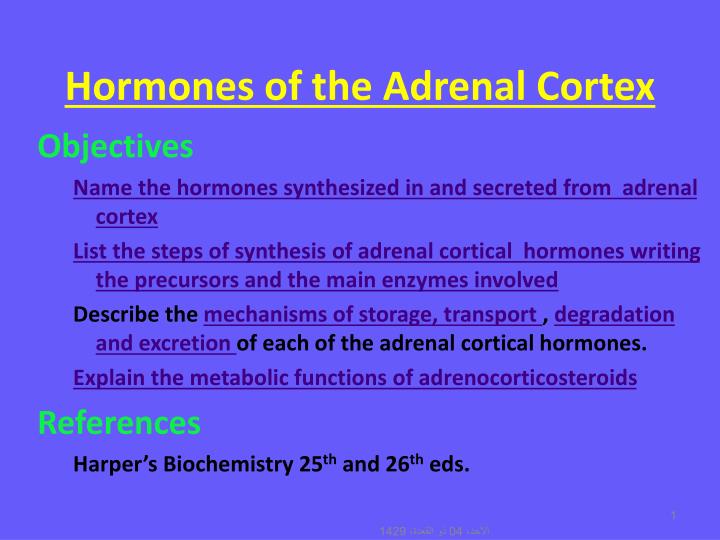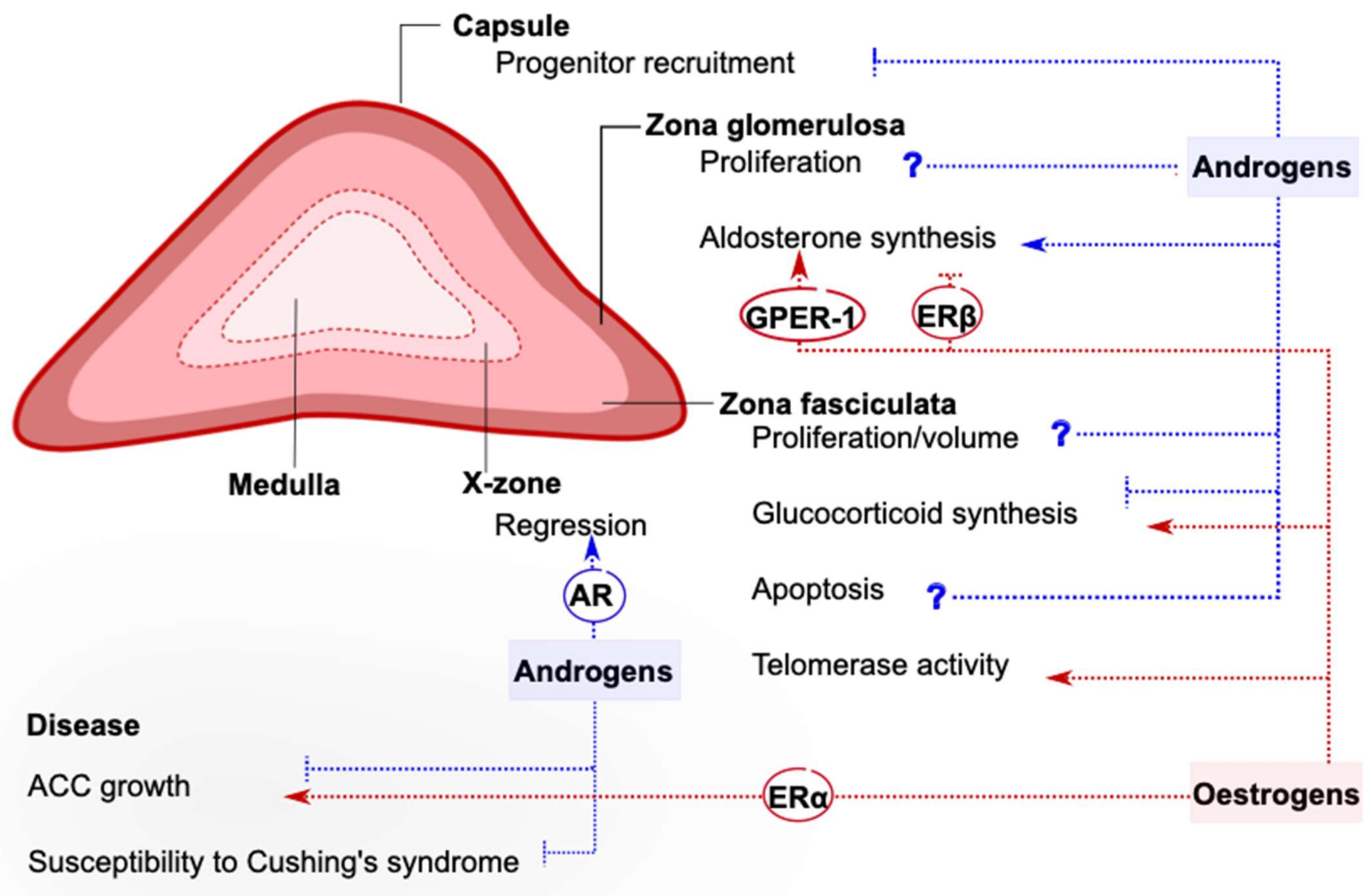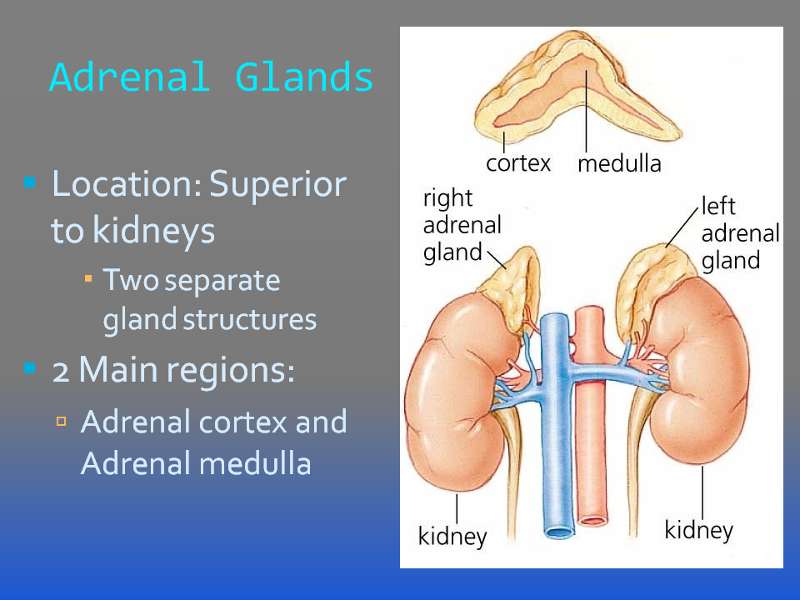
The adrenal gland is an endocrine tissue composed of two distinct zones with different functions: the cortex, responsible for steroid biosynthesis, and the medulla, where catecholamine biosynthesis occurs.

We will then address recent evidence suggesting a role for alterations in the vascular compartment that could eventually be involved in nodule formation and the development of primary aldosteronism. In this review, we will summarize our knowledge on the mechanisms regulating adrenal cortex development and function, describe adrenal vascularization in normal and pathological conditions and address the mechanisms allowing the cross-talk between the hormonal and vascular components to allow the extreme tissue plasticity of the adrenal cortex in response to endogenous and exogenous stimuli. One hypothesis is that changes in vascular supply to the adrenal cortex, due to phenomena of atherosclerosis or high blood pressure, may influence the morphology of the adrenal cortex, resulting in a compensatory growth and nodule formation in response to local hypoxia. Although somatic mutations have been identified in aldosterone producing adenoma, the exact mechanisms leading to increased cell proliferation and nodule formation remain to be established. Primary aldosteronism is the most common form of secondary arterial hypertension, due to excessive aldosterone production from the adrenal gland.


Fernandes-Rosa 1 Sheerazed Boulkroun 1*† Maria-Christina Zennaro 1,2*†


 0 kommentar(er)
0 kommentar(er)
